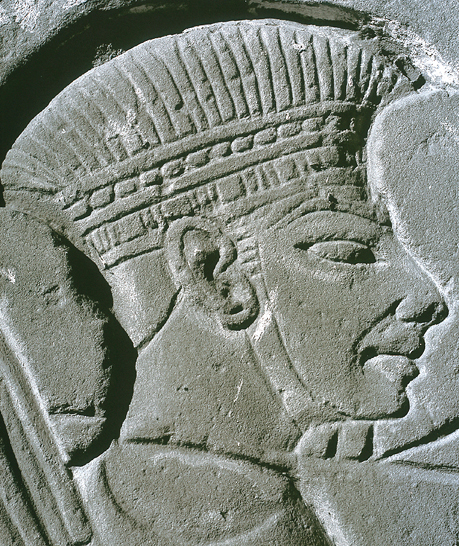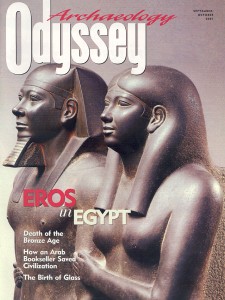Invasions of the Sea Peoples
Sidebar to: When Civilization Collapsed

In 1208 B.C.E. Libyans and five other groups—the Shardana, Shekelesh, Akawasha, Lukka and Tursha—invaded the Nile Delta. An inscription on a wall erected by the Egyptian pharaoh Merneptah in the temple of Amun at Karnak describes the Libyans’ allies as “northerners” or “of the Countries of the Sea.” So modern scholars have come to call these invaders the Sea Peoples.
Some of these Sea Peoples had been known in the eastern Mediterranean for more than a century. A letter written to the Egyptian pharaoh Akhenaten (c. 1350–1334 B.C.E.) refers to piratical raids on coastal towns in Cyprus and Syria by the Lukka people. The Shardana also had launched surprise attacks by sea, occasionally pillaging Egypt’s coast from the time of Akhenaten’s father, Amenhotep III (c. 1388–1350 B.C.E.). Ramesses II (c. 1279–1212 B.C.E.), too, complained about Shardana pirates who “came boldly [sailing] in their warships from the midst of the sea, none being able to withstand them.” Because of the Shardana’s reputation as fierce warriors, 19th Dynasty pharaohs sometimes hired them as mercenaries; there were even Shardana in Ramesses II’s royal bodyguard.
About a generation after the Libyan-Sea Peoples’ invasion of Egypt, Ramesses III (c. 1182–1151 B.C.E.) met an even greater menace. Heading toward Egypt was a coalition of marauding groups that had progressed through Anatolia and northern Syria. Inscriptions and reliefs (see photos above and below) on Ramesses III’s mortuary temple at Medinet Habu record the threat:
Already a library member? Log in here.
Institution user? Log in with your IP address.

